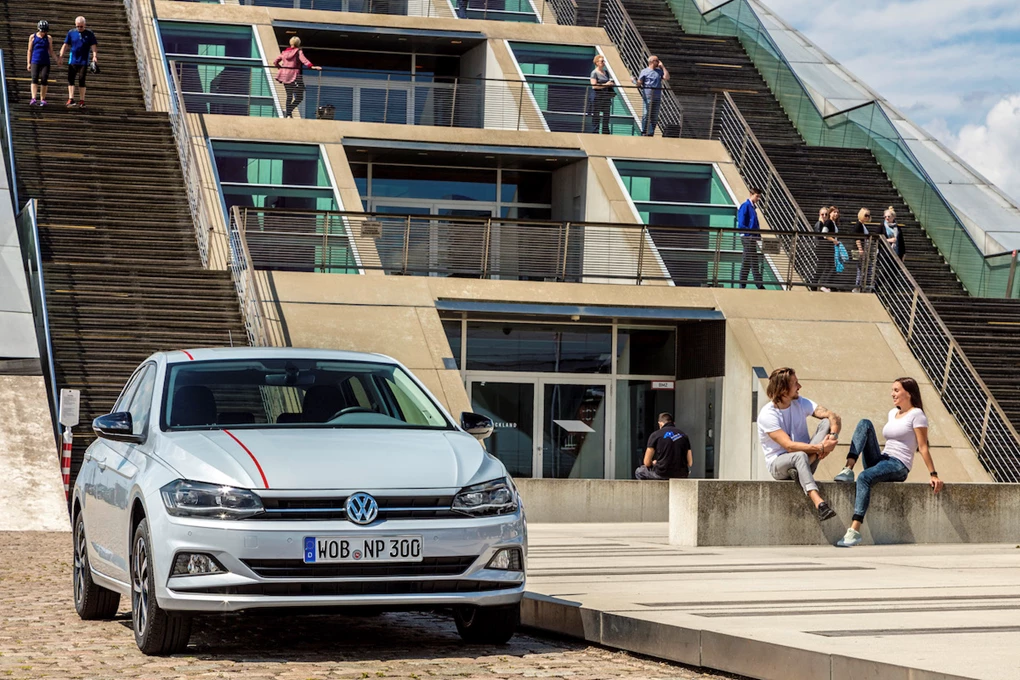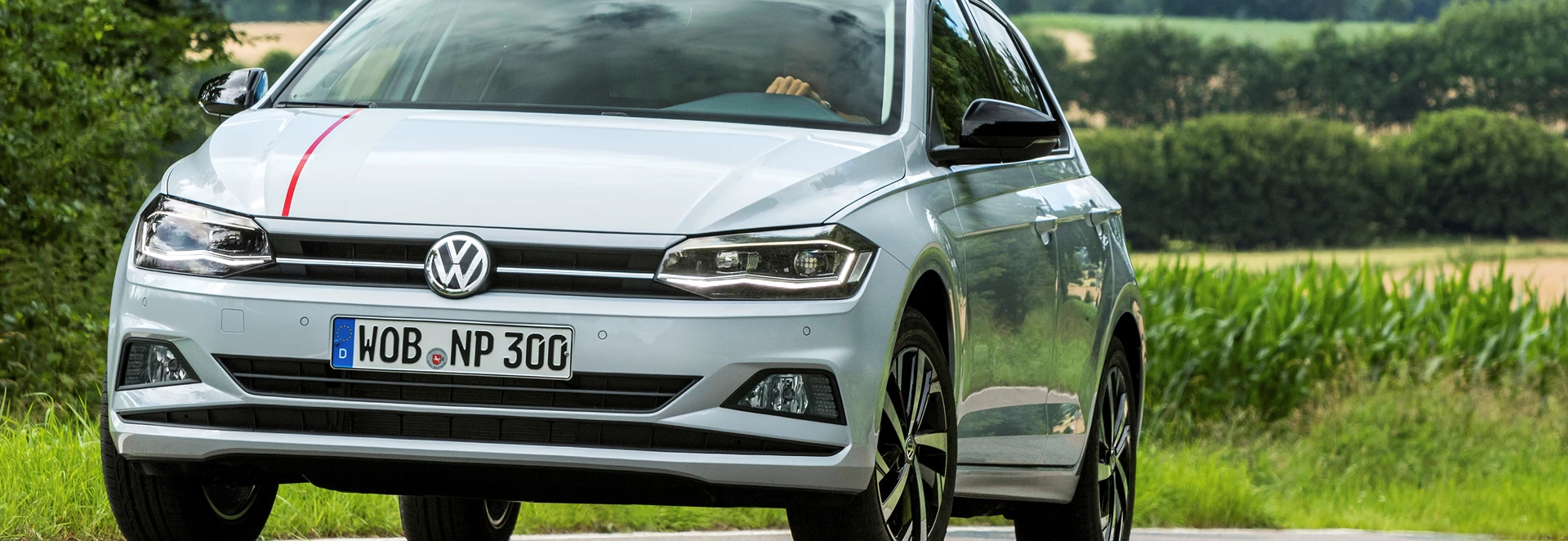Introduction
The Polo is one of those cars that does most things excellently – and is an important car for Volkswagen, being the brand’s second best-selling model – but it doesn’t exactly spur emotion.
The Polo is a premium and spacious supermini, which will sell well for Volkswagen, considering the supermini market is showing no signs of slowing. There is also little to distinguish the Polo from its bigger brother – the Golf – thanks to it now being one of the roomiest superminis on sale. If you’re familiar with the new Seat Ibiza, nothing about the Polo will surprise you, as the pair share similar architecture.
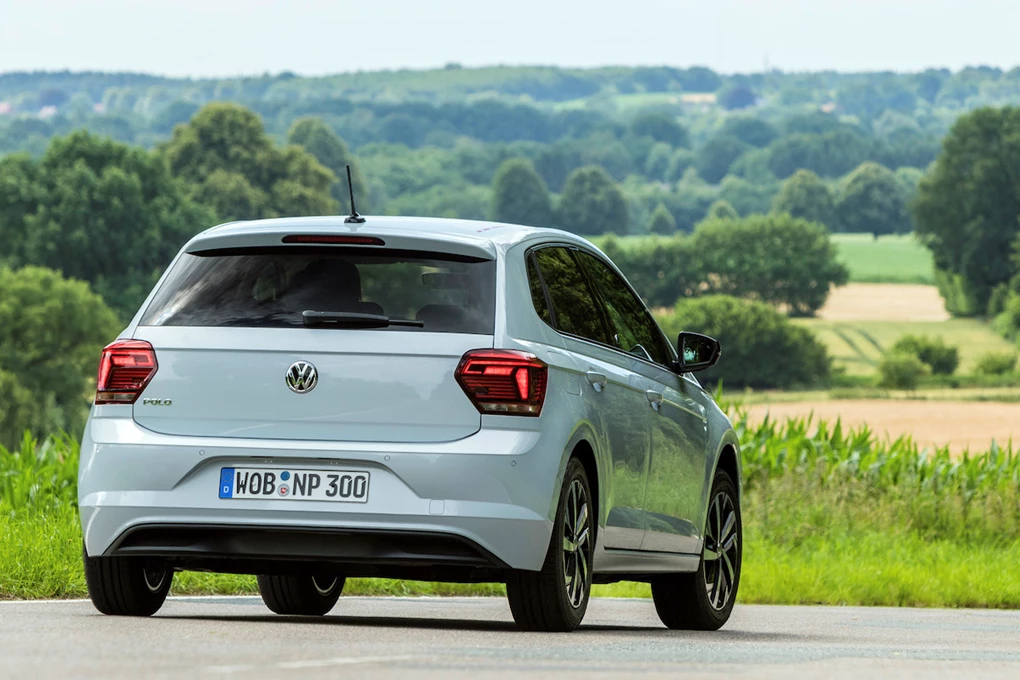
Performance
The Polo isn’t exactly a quick car, although that’s to be expected of a compact hatch. At launch there will be three engine options available, a 1.0-litre MPI available with either 64 or 74bhp, and a 1.0-litre TSI which has 94bhp. This will be greatly expanded by the end of the year, with six more engines on their way.
We only had the opportunity to drive the 94bhp version of the Polo, and while it would be adequate for motorway driving, it’s really at home in the city. The 94bhp is not a quick car, taking 10.6 seconds to complete the 0-60mph dash. The 94bhp is available with both a five-speed manual and with a seven-speed DSG gearbox.
While the 94bhp engine was not rapid, it does respond well and easily feels quick enough for those spirited set-offs at traffic lights. We look forward to trying the incoming engines which should give the Polo a bit more punch. For those wanting to wait for the ultimate performance Polo, a 197bhp Polo GTI will follow before the end of the year.
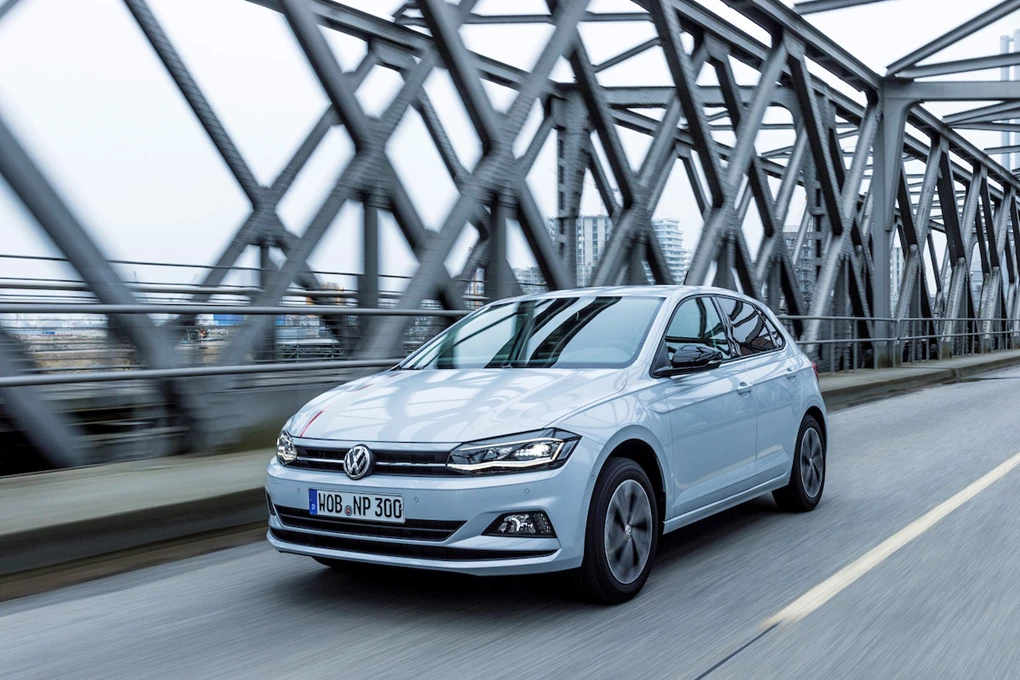
Ride and handling
The Polo is pretty good at ticking off every box the average supermini driver will be after. It’s exceptionally comfortable and even the harshest German potholes couldn’t undo the refinement of the Polo, when other cars in this class would just crash over them. Even the glitzy 17-inch wheels don’t affect the ride, which we were particularly impressed with.
While it will happily sit at motorway speeds, we did find the lack of seat support a bit of a pain (pun intended) after more than an hour’s driving. For those that like a quiet cabin, you are in luck too. The petrol was remarkably quiet while using cruise control, with little road or wind noise making its way inside.
As for handling, it’s no Fiesta. Volkswagen likes to mention the quality, tech and space of the Polo frequently, but there’s little mention of the engineering. While it is by no means a bad handling car, it doesn’t provide the direct driving experience of the Fiesta which has dominated this category for years. The Polo still steers precisely, but it could just do with more response particularly at higher speeds, although it remains a good handling car.
The Polo has superb refinement, rivalling those cars several classes above.
Did you know?
The Polo has sold more than 14 million units worldwide since it was launched in 1975.
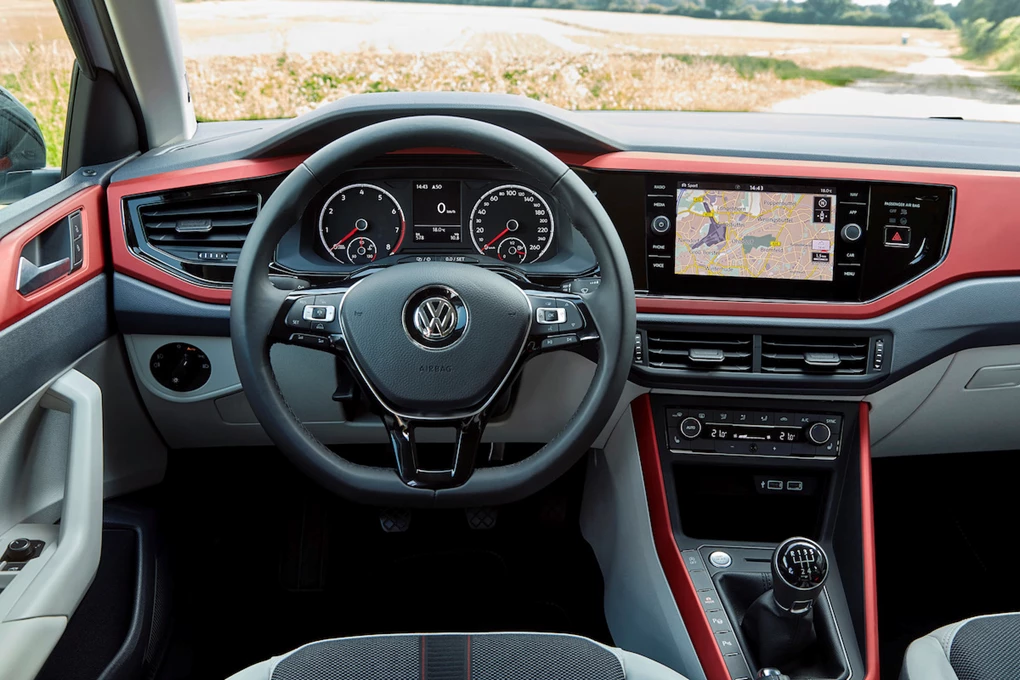
Interior and equipment
As you would expect from a Volkswagen, the Polo has a very premium interior. The cabin is one of the ‘stand out’ features and is undoubtedly one of the best in the supermini class. Soft-touch plastic and classy trim– if such thing exists – appear throughout the interior and it gives you the impression that it was built to last.
Customisation also seems to be the new trend now, and Volkswagen has jumped on this bandwagon with the new Polo, with options available on both the interior and exterior to make your car your own. Volkswagen is clearly trying to position the Polo to a younger audience and it will pay off, we’re sure.
Despite its apparent compact size, the new Polo is remarkably spacious thanks to its MQB A0 platform. Boot size has increased significantly, and is now 25 per cent up on the previous generation, with 351 litres of space. While a tiny bit less than the Seat Ibiza (355 litres), it dwarfs that of the new Fiesta which has just 292 litres.
The infotainment system also impressed us – even if it was not faultless. The 8.0-inch touchscreen, which comes as standard, is a nice addition to the Polo, even if it doesn’t include Apple CarPlay and Android Auto, unlike its platform sibling, the Seat Ibiza. It is responsive and sharp, although we did find the Bluetooth a bit niggly.
The Polo is generally quite well equipped, with safety technology including city emergency braking and pedestrian monitoring as well as LED daytime running lights and electric windows all coming as standard on the basic Trendline model. Our Beats test model came with 16-inch alloy wheels, a Beats sound system, sports seats, ‘small leather’ pack and a multifunction steering wheel.
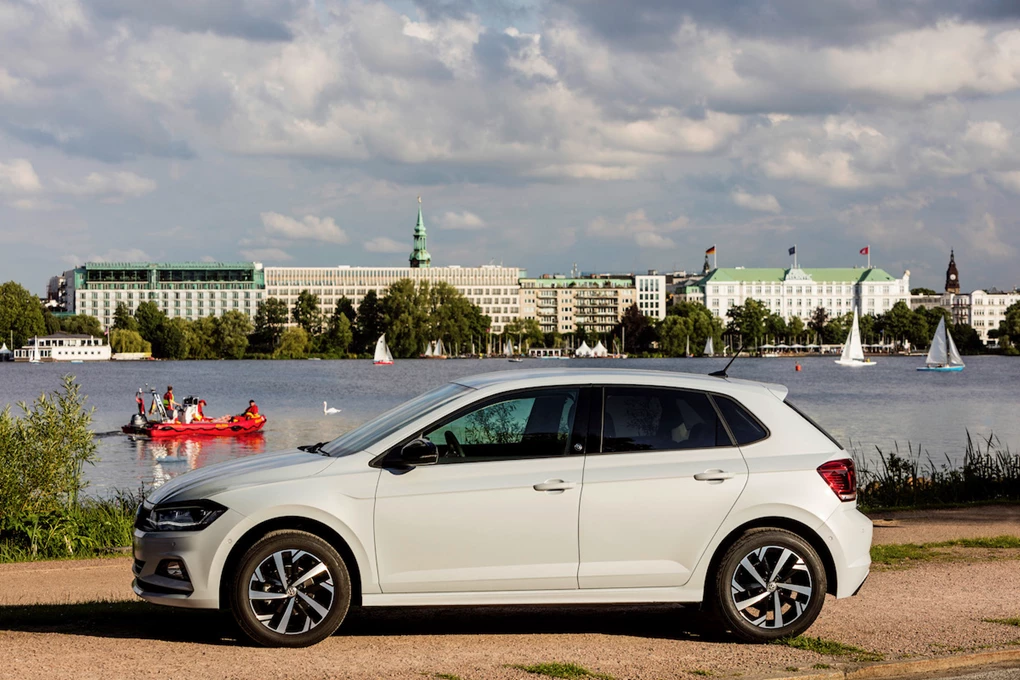
Cost
Prices are yet to be announced for the Polo, although it is expected to be at the higher end of the supermini market because the Polo has such a premium feel to it. We will update you once prices are announced.
The Polo should be cheap to run, as all the engines so far are fuel efficient. The 1.0-litre TSI 94bhp engine produces just 101g/km CO2 and 64mpg, officially.
The basic 1.0-litre MPI engine with 64bhp produces 108g/km of CO2 and 60.1mpg while the 74bhp version produces the same amount.
Officially, the 1.0-litre TSI’s fuel economy is 64.2mpg
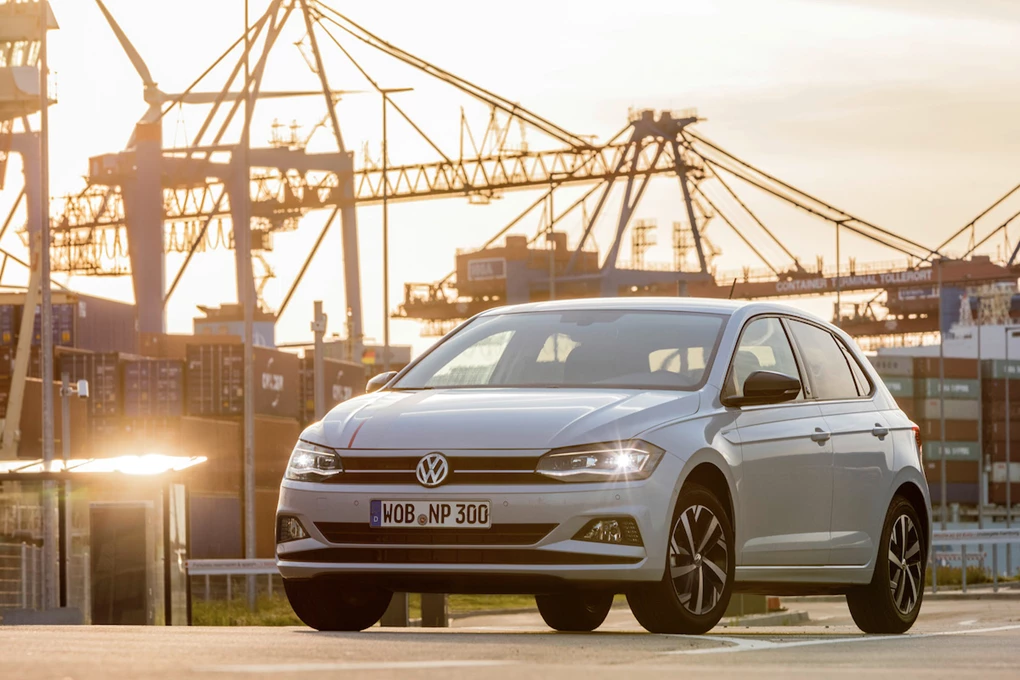
Our Verdict
The Polo might not be the most exciting of cars to look at and drive, but the quality and refinement it offers is enough to embarrass cars twice as expensive. The interior is one of the best in this class, and particularly when it is paired with the infotainment system, it leaves you with very little in the way of things to complain about.
It is a bit disappointing that Volkswagen chose to launch the Polo with just the 1.0-litre engine, even if it is quite capable, but with the brand launching diesels and the eagerly awaited GTI model later this year, there is certainly even more to look forward to from the Polo in the future.
